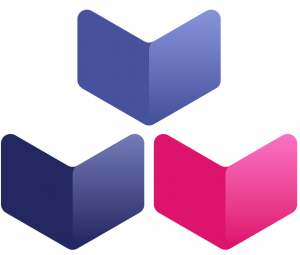Posts by: Ashley Gerwitz

This guest post is brought to you by our four Summer 2019 Interns, Jason Zhou, Naveed Ahmad, Pururva Lakkad, and Sriniketh Varma Dasarraju. Over the summer, we had the incredible privilege of interning at Stark & Wayne. Stark & Wayne is the premier BOSH, Cloud Foundry, and Cloud Native consulting firm. To be honest, these

I’m deep in the weeds again. I’m inside of a YAML document inlined inside of a heredoc inside of a bash script that exists as a string inside of a heredoc inside of a Terraform configuration file written in HCL. It’s not my finest work, but it’s up there. To complete this masterpiece, I simply

This morning, I was trying to wrangle our CI/CD pipeline for the Containers BOSH Release so that I could cut a 1.1.0 release and generally forget about the process of integration testing. Our stock pipeline architecture for BOSH releases runs a deployment test by taking a manifest — either the example manifest or a CI-specific

help·ful/ˈhelpfəl/ Giving or ready to give help Useful Our executive team locked ourselves in a San Francisco apartment for two days this year and went through an exercise in defining who, what, and where we want to be as a company. The end result was a set of core values, an azimuth pointing towards the

At some point, we’ve all been in an environment similar to the one shown above and had the fun experience of SSHing from one Jumpbox to the next in order to access a deployment in a more secure environment. Now if this is a rare occurrence, it isn’t a big issue. The real annoyance comes

Authentication Scenarios When using Concourse in several environments, you’ll eventually end up in a situation where you’re on a remote system (Jumpbox, Docker Container, etc) and need to use fly to get or set a pipeline, or hijack into a job and troubleshoot a task. This is where things get a bit interesting. If you

In general, it is not a good idea to have all of your infrastructure sitting on the public internet. AWS solves this issue by creating VPCs (Virtual Private Clouds) which have private subnets to sequester servers that should not be directly exposed to the internet. While this allows for greater security, it also creates a

Chad asked how to he could get FreeTDS into his Cloud Foundry application so he could use the RubyGem tiny_tds. The answer for adding system-level libraries or CLIs is to use a new supply buildpack, and so I made Chad a new buildpack https://github.com/starkandwayne/freetds-buildpack. Chad asked a good question – “but how do I use

Sidecars allow additional processes that share filesystem and socks with a Cloud Foundry application. We investigate separating these concerns from app developers by distributing and installing them with Buildpacks. This article is almost Part 3 in a 5-part series. Part 1 starts with Tim Downey’s How to Push an App to Cloud Foundry with Sidecars.